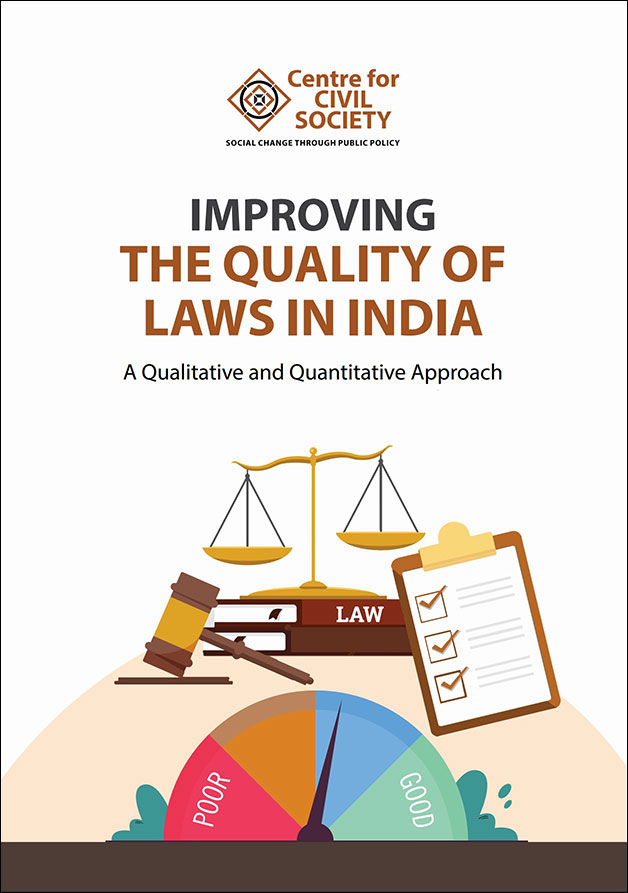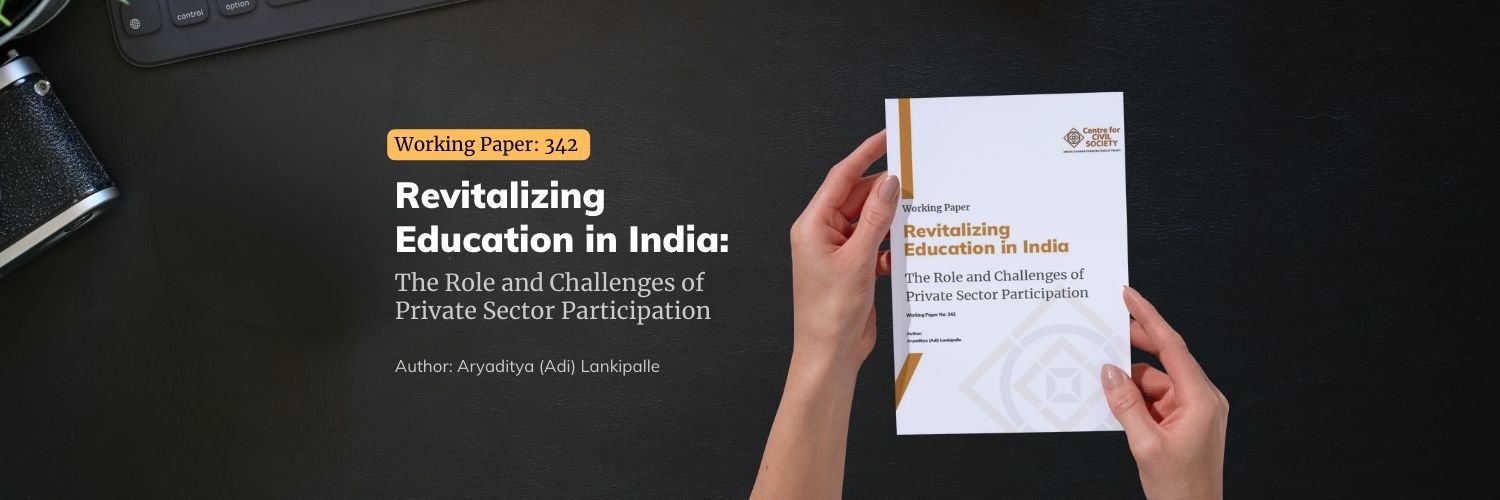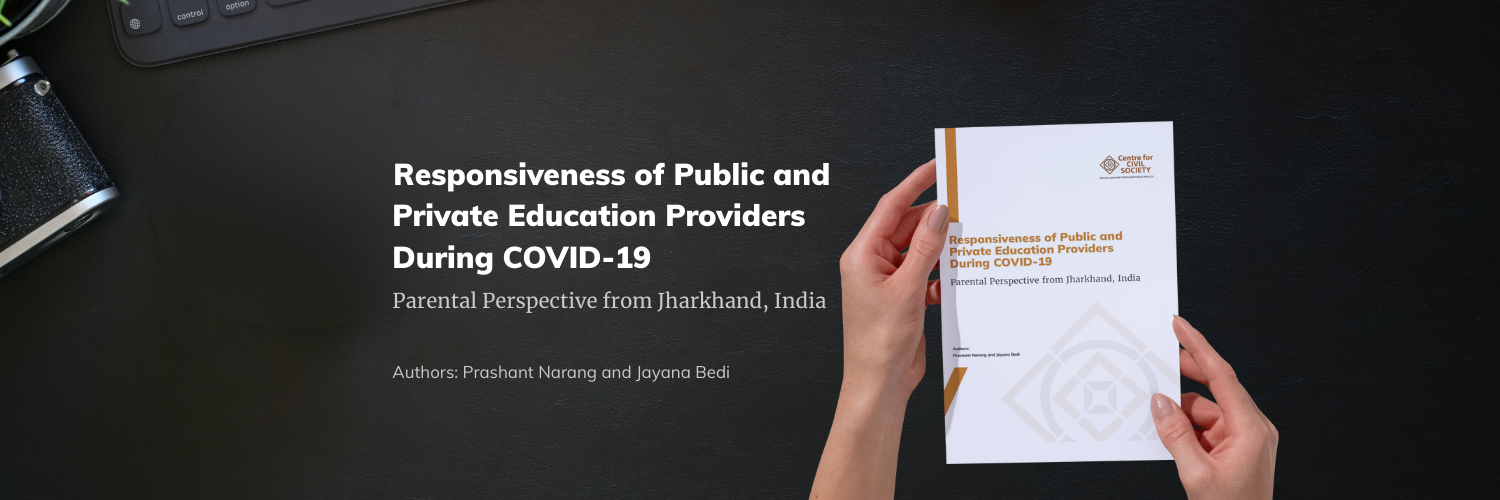Laws and regulations impact the social and economic well-being, and freedom of members of society. They alter how individuals interact and trade with each other. While all laws and regulations alter behaviour and impact stakeholders, a good regulation maximises social welfare while minimising the cost and extent of intervention (CUTS International n.d).
A cost-benefit analysis alone is insufficient to assess the quality of a law or regulation. This is, in part, because it is not possible to know all the costs and benefits associated with a specific regulation. Further, while known costs and benefits can be calculated, there will be costs and benefits that are impossible to predict ex-ante (Bastiat 1850). Added to this, is the knowledge problem (Hayek 1945). All the relevant data will never be available to any one individual since this knowledge and data is distributed among individual actors.
To tackle this challenge, we have developed a two-fold method to assess the quality of a law. First, we propose using a 3-part Quality of Laws Toolkit that reviews laws on three safeguards: Representation, Rights, and Resources safeguards. Representation safeguards ensure that the interests of stakeholders and the general public are reflected in a law. Rights safeguards check whether a law protects the rights of individuals. Resources safeguards assess the impact of a law on stakeholders’ incentives and the administrative burden it imposes. Second, we use Mercatus Center’s RegData to quantify different aspects of a law: volume, restriction, and complexity.
This compendium has three parts. The first part elaborates on the 3Rs of the Toolkit and presents the question-set under each. The second part provides guidance on using the Toolkit by applying the ‘Rights’ safeguards to all state school education laws. The third part elaborates on the quantitative methodology and applies it to all national laws in India.



